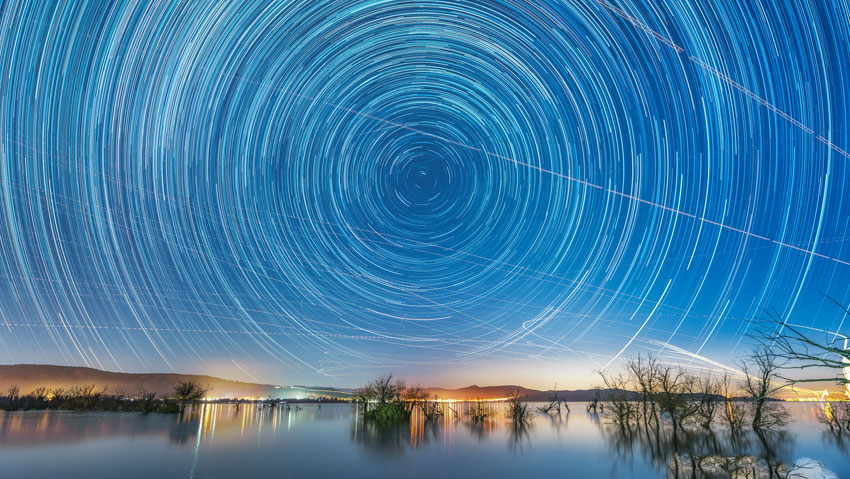Scientists reveal goals, payloads of China's lunar water-ice probe mission
BEIJING, Jan. 23 (Xinhua) -- Chinese space scientists have revealed in a paper the scientific goals and payloads mounted on the country's lunar probe Chang'e-7 that will investigate the water ice in the shadow pit near the south pole of the moon.
China plans to launch the Chang'e-6 to land on the moon in the first half of 2024 to collect samples from the far side of the moon and to send the Chang'e-7 probe around 2026 to implement resource exploration of the lunar south pole.
The water ice and volatile components in lunar soil, the lunar morphology and composition, the moon's internal structure and magnetic fields, the landscape of the lunar south pole, the Earth's magnetotail and plasma layer, and Lunar-Earth Very-long-baseline interferometry (VLBI) measurement experiment are among the mission's scientific targets, according to a review article published recently in the journal National Science Review.
The researchers from the National Space Science Center under the Chinese Academy of Sciences, and the China Lunar Exploration and Space Engineering Center indicated in the paper that the detection platforms of the Chang'e-7 mission will be equipped with a total of 18 payloads.
The Lunar Orbit VLBI Experiment (LOVEX), the Grid-based Energetic Neural Atom Imager (GENA), and the Extreme Ultraviolet Camera (EUC) will be mounted on a relay satellite named Queqiao-2 to be launched in the first half of this year.
Chang'e-7's main probe consists of an orbiter, a lander, a rover, and a mini-flying probe. The lander will land on a crater's illuminated rim near the lunar south pole, along with the rover and mini-flying probe, according to the paper.
Payloads to be installed on the main probe include cameras, radars, mineral and water analyzers, spectrometers, magnetometers, a seismograph, and a volatiles detector, it said.
The Chang'e-7 mission is designed to investigate the formation and evolution of the moon, the space environment, and the utilization of in-situ resources on the moon, which will lay a foundation for the establishment of a long-term lunar research station in the future.
Photos
Related Stories
- U.S. launches another commercial astronaut mission to space station
- Chinese, European scientists join hands to explore universe's mystery
- Astronomers reveal formation process of primitive star clusters
- China realizes ultra-high-speed intersatellite laser communications
- China eyes launching low-cost cargo spacecraft for space station through commercial rocket
Copyright © 2024 People's Daily Online. All Rights Reserved.









